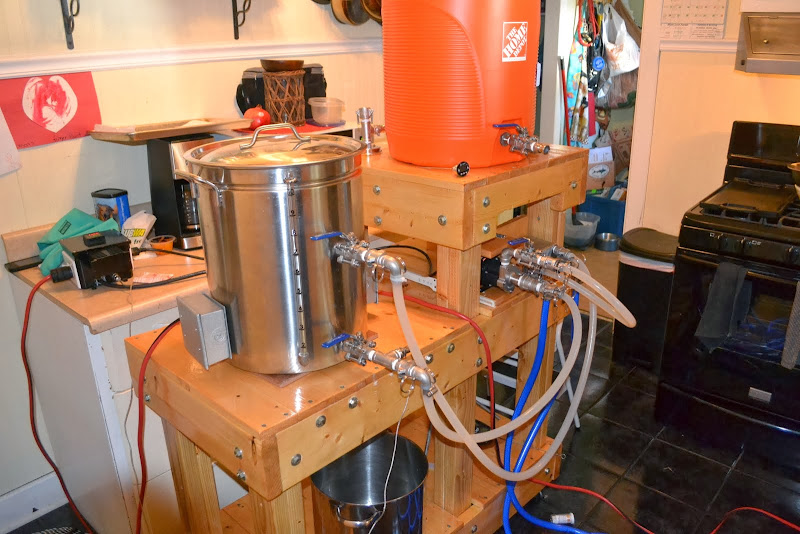Good Morning All.
I have just about completed a build but there is something I'm not sure of/don't understand and that is what temperature to set.
For example if the set point in the boiler is 70F and the system is recirculated until it reaches a steady state the temperature at the M/T inlet would be less than 70F. The temperature difference would be due to heat loss as the water travels through the pump and the (not in use) chiller coil. This would be easy to measure by putting a probe onto the M/T inlet for this example let's call it 68F a loss of 2F.
If I want 70F in the M/T should I use a boiler set-point of 72F thus allowing for losses?
Many Thanks. aamcle
I have just about completed a build but there is something I'm not sure of/don't understand and that is what temperature to set.
For example if the set point in the boiler is 70F and the system is recirculated until it reaches a steady state the temperature at the M/T inlet would be less than 70F. The temperature difference would be due to heat loss as the water travels through the pump and the (not in use) chiller coil. This would be easy to measure by putting a probe onto the M/T inlet for this example let's call it 68F a loss of 2F.
If I want 70F in the M/T should I use a boiler set-point of 72F thus allowing for losses?
Many Thanks. aamcle



